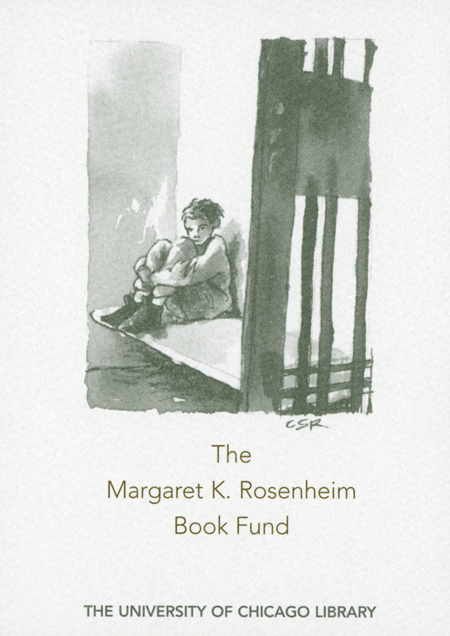Professional sexual misconduct in institutions : causes and consequences, prevention and intervention /
Saved in:
| Author / Creator: | Tschan, Werner, author. |
|---|---|
| Imprint: | Boston, MA : Hogrefe, [2014] |
| Description: | xvi, 216 pages ; 23 cm |
| Language: | English |
| Subject: | |
| Format: | Print Book |
| URL for this record: | http://pi.lib.uchicago.edu/1001/cat/bib/9951235 |
Table of Contents:
- Foreword
- Dedication
- Preface
- Survivor's Voice: A True Story of an Elderly Man Reaching Out for Help
- 1. Introduction
- 1.1. Historical Background
- 1.2. Children's Lies - The Backlash After 1900
- 1.3. The End of "Hystories"
- 1.4. Developments in Europe
- 1.5. New Penal Codes
- 1.6. Public Awareness
- 1.7. Awareness Psychology
- 2. How to Understand Survivors' Reactions
- 2.1. Attachment Theory
- 2.2. Trauma and Its Consequences
- 2.3. Delayed Onset of Symptoms
- 2.4. Overcoming Trauma
- 2.5. Society's Answer to Trauma
- 3. What Is PSM and How Does it Happen
- 3.1. What Is PSM?
- 3.2. What Is the Magnitude of PSM?
- 3.3. The Spectrum of Offense
- 3.4. Who Becomes a Victim of PSM?
- 3.5. What Are the Consequences of PSM?
- 3.6. How Can PSM Be Discovered?
- 3.7. False Accusations of PSM
- 3.8. What Helps Victims of PSM?
- 3.9. Liability Questions
- 3.10. Who Becomes an Offender Professional?
- 3.11. Sexuality and PSM
- 3.12. Punishment or Treatment?
- 4. PSM in Various Disciplines
- 4.1. Health Care Professionals
- 4.2. Psychotherapy and Counseling
- 4.3. Social Work
- 4.4. Care Homes
- 4.5. Religion
- 4.6. Education
- 4.7. Sports and Leisure Time Activities
- 4.8. Justice System
- 4.9. Military
- 5. The Overlap with Workplace Violence
- 5.1. The Culture of Organizations as a Management Task
- 5.2. Sexual Harassment
- 5.3. Bullying
- 5.4. Stalking
- 5.5. Physical Violence
- 5.6. The Decision-Making Process
- 5.7. Problem-Solving Attempts
- 5.8. Prevention of Workplace Violence
- 6. The Impact of PSAA on Survivors, Institutions, and Professionals
- 6.1. From Victim to Survivor
- 6.2. Consequences for Offender Professionals
- 6.3. Consequences for the Institution
- 6.4. Consequences for Society
- 7. treatment of Survivors
- 7.1. Realizing
- 7.2. Finding Help
- 7.3. Processing
- 7.4. Integration
- 7.5. Overcoming
- 7.6. Healing
- 7.7. From Victim to Offender
- 8. Why Do Professionals Commit Sexual Offenses?
- 8.1. The First Meeting
- 8.2. Treatment Procedure
- 8.3. The Path to PSM
- 8.4. Offender Strategies
- 8.5. Homework During the Treatment Program
- 8.6. Evaluation and Termination of Program
- 8.7. Prognosis
- 9. Prevention of PSM in Institutions
- 9.1. Effective Complaint Mechanisms
- 9.2. False Accusations
- 9.3. The Decision-Making Process
- 9.4. An Integrated Approach
- 10. Boundary Training
- 10.1. A New Paradigm: Rehabilitation After PSM
- 10.2. The 24 Modules
- 10.3. Who Should Undergo Boundary Training?
- 10.4. Boundary Training in Professional Formation and Further Development
- 10.5. We Don't Need to Re-Invent the Wheel
- 11. Assessment and Rehabilitation of Affected Professionals
- 11.1. Assessment
- 11.2. Rehabilitation Program
- 11.3. Critical Questions
- 11.4. Case Consultation and Supervision
- 11.5. Economic Consequences
- 11.6. Risk Management
- 12. Prevention Overview
- 12.1. Victim Counseling Services and Other Requirements
- 12.2. Curricular Integration
- 12.3. Paradigm Shift in Justice
- 12.4. The Three Pillar Model for Effective Prevention
- References
- Index

